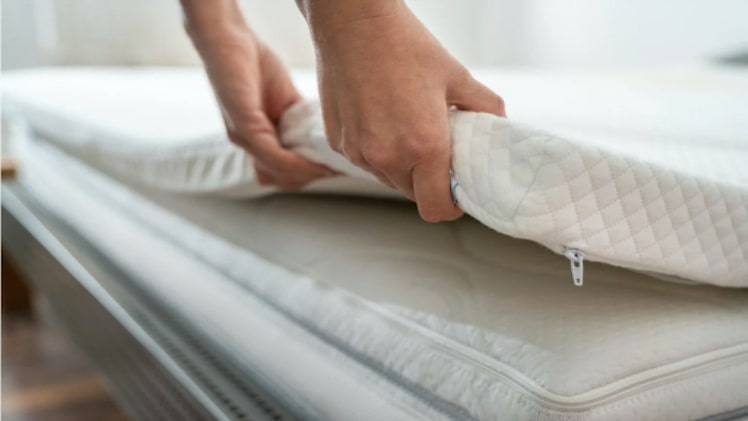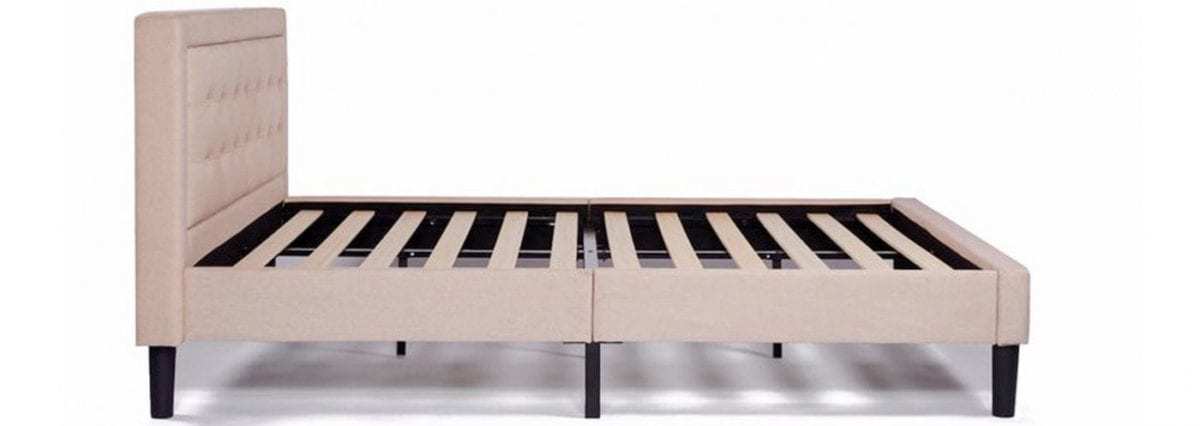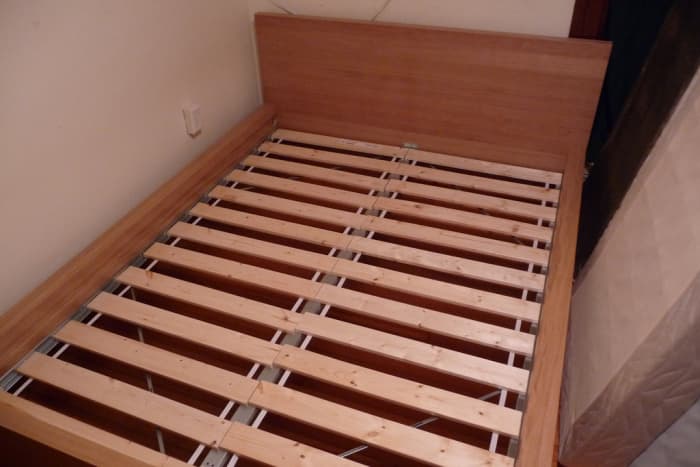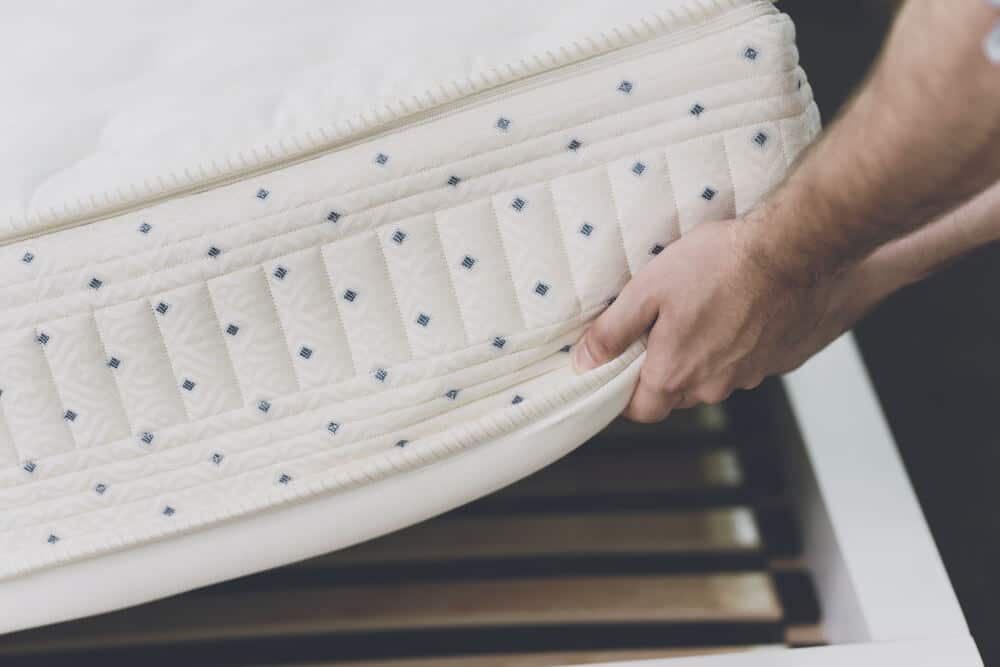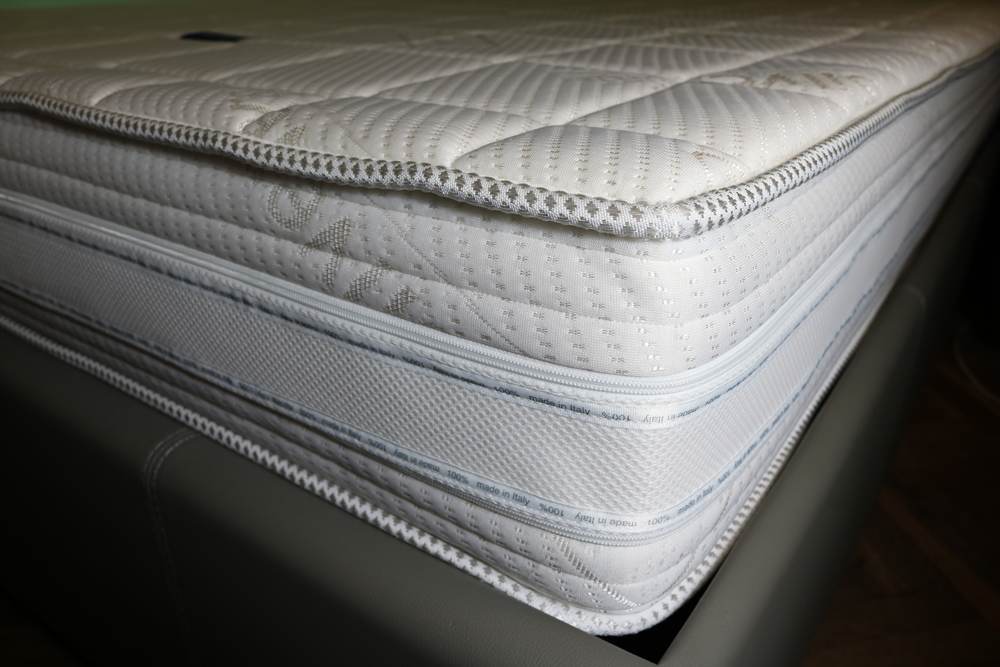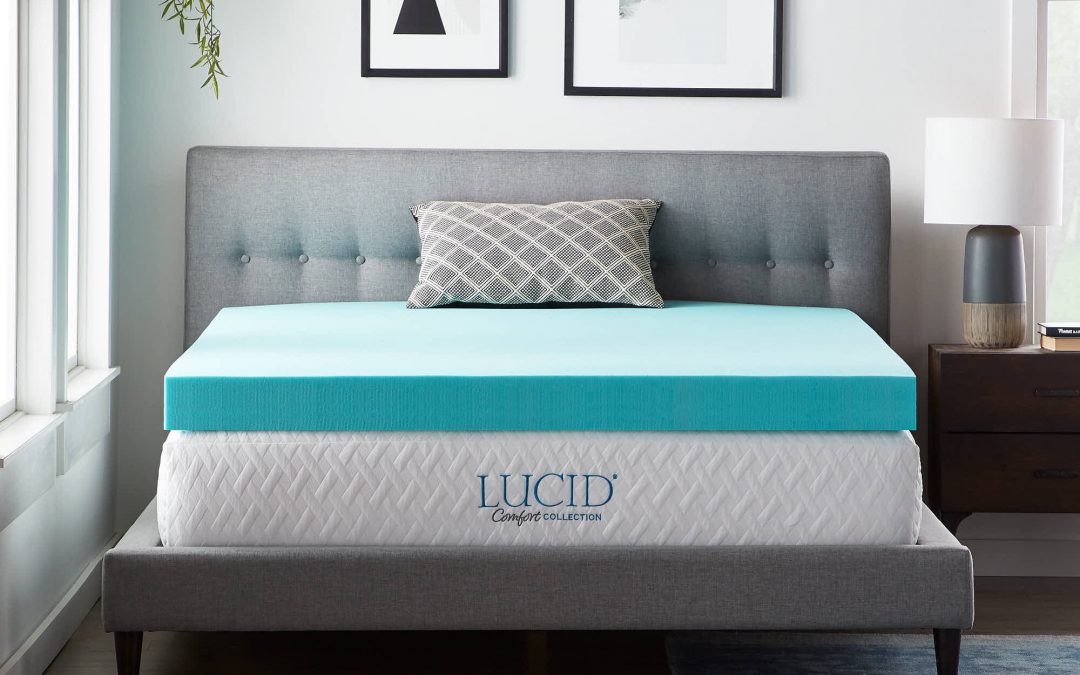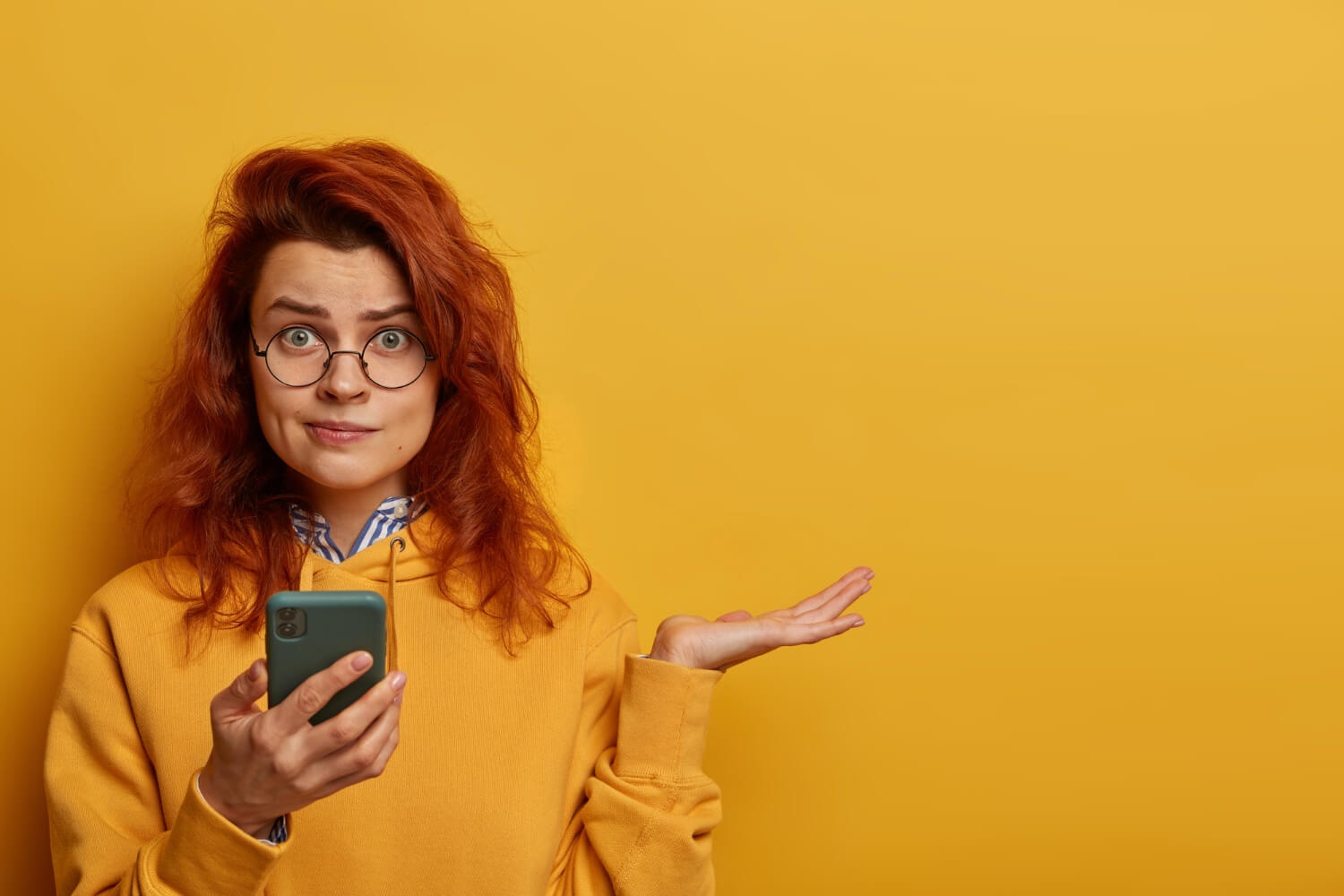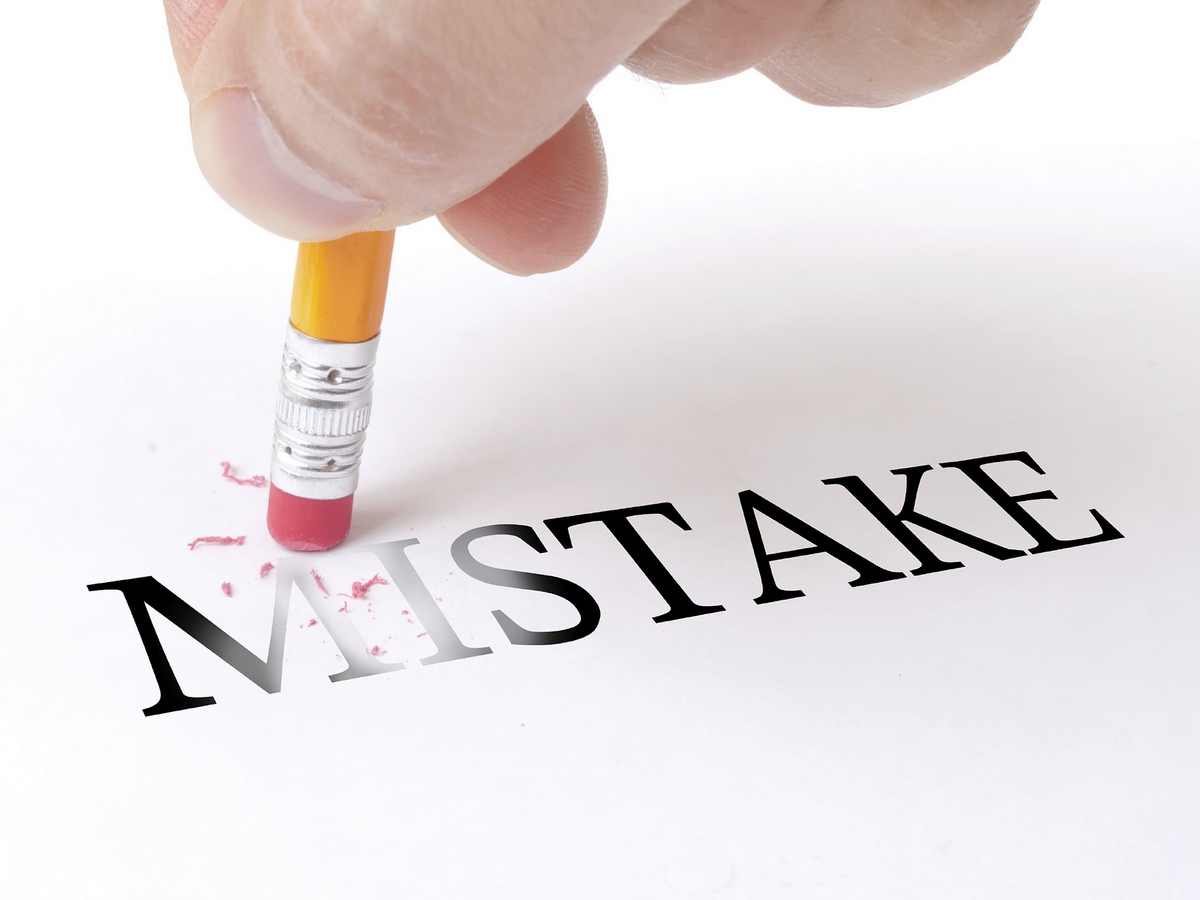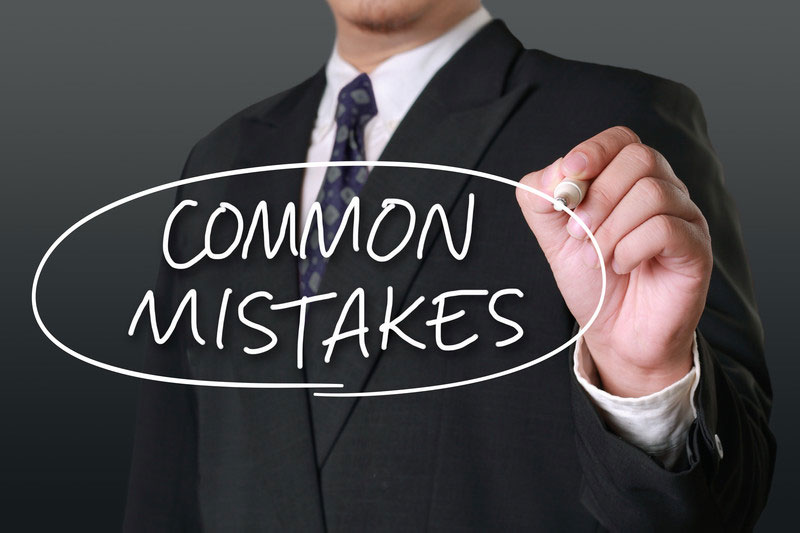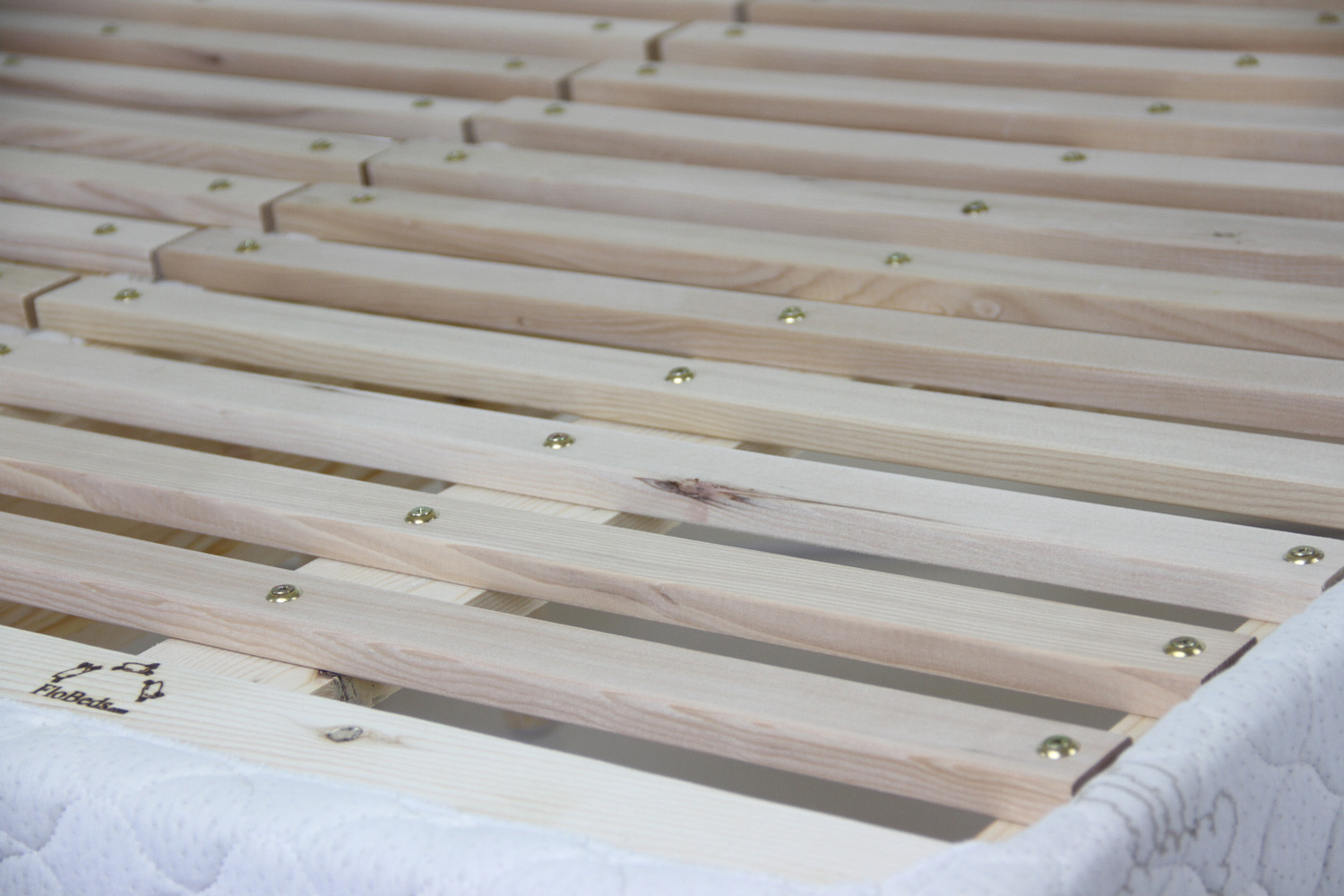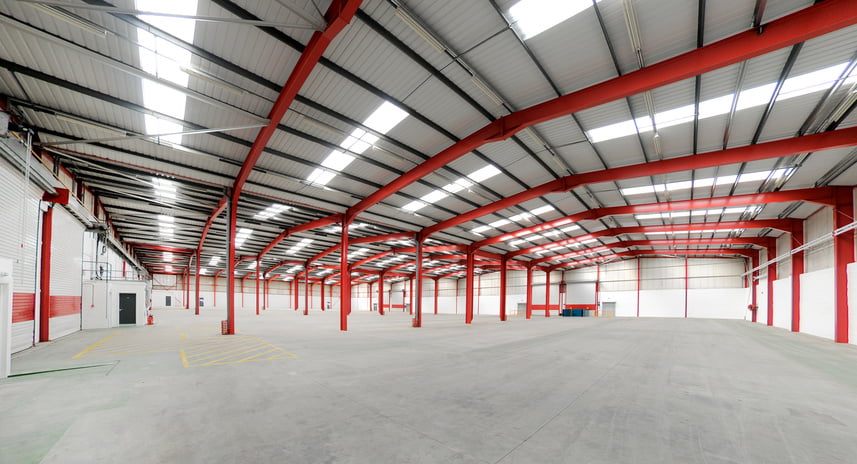If you're in the market for a new foam mattress, you may have come across the term "slat spacing" and wondered what it means. In simple terms, slat spacing refers to the distance between the slats on your bed frame, and it plays a crucial role in the support and comfort of your foam mattress. In this article, we'll explore everything you need to know about foam mattress slat spacing and how it can affect your sleep experience.Foam Mattress Slat Spacing: What You Need to Know
When it comes to foam mattresses, slat spacing is essential for two main reasons: support and ventilation. The right slat spacing ensures that your mattress gets the proper support it needs to maintain its shape and prevent sagging. It also allows for adequate air circulation, which is crucial for keeping your mattress cool and preventing the build-up of moisture and mold.The Importance of Slat Spacing for Foam Mattresses
Measuring your slat spacing is a simple process that can be done with a ruler or measuring tape. Start by measuring the distance between the center of one slat to the center of the next slat. Make sure to take multiple measurements across the bed frame to ensure consistency. The recommended slat spacing for foam mattresses is between 2-3 inches. If your slat spacing falls outside of this range, you may need to make some adjustments for optimal support and comfort.How to Measure Slat Spacing for Your Foam Mattress
As mentioned earlier, the ideal slat spacing for foam mattresses is between 2-3 inches. However, this may vary depending on the type of foam mattress you have. Memory foam mattresses, for example, require more ventilation, so a slat spacing of 3 inches or more may be better. Latex foam mattresses, on the other hand, need less ventilation, so a slat spacing of 2 inches may be sufficient. It's always best to check with your mattress manufacturer for their recommended slat spacing.Best Slat Spacing for Foam Mattresses: A Guide
One of the most common mistakes people make when it comes to slat spacing is assuming that more is always better. While it's true that some foam mattresses may benefit from wider slat spacing, too much space between slats can cause your mattress to sag and lose support. It's also essential to ensure that your slats are evenly spaced and that there are no gaps or inconsistencies.Common Mistakes to Avoid When Choosing Slat Spacing for Your Foam Mattress
Proper slat spacing not only affects the support and ventilation of your foam mattress, but it also plays a significant role in its overall comfort and durability. A mattress with inadequate support can cause discomfort and even back pain, leading to a restless night's sleep. On the other hand, a well-supported mattress can last longer and maintain its shape and firmness for years to come.The Impact of Slat Spacing on the Comfort and Durability of Your Foam Mattress
If you find that your current slat spacing is not suitable for your foam mattress, there are a few ways you can adjust it. You can add slats to decrease the space between them, or you can use a slat spacing kit to fill in any gaps. Alternatively, you can use a bunkie board, a flat piece of wood or metal, to provide more support for your mattress. It's always best to consult with a professional or your mattress manufacturer for the best approach for your specific mattress.How to Adjust Slat Spacing for Optimal Support and Comfort
As mentioned earlier, different types of foam mattresses may require different slat spacing for optimal support and comfort. Here's a quick guide to help you choose the right slat spacing for your specific foam mattress:Choosing the Right Slat Spacing for Different Types of Foam Mattresses
When it comes to slat spacing, there are a few options to choose from, each with its own set of pros and cons. Let's take a look at some of the most common options:The Pros and Cons of Different Slat Spacing Options for Foam Mattresses
Once you've found the right slat spacing for your foam mattress, it's essential to maintain it for optimal support and comfort. Here are some tips to help you do just that:Tips for Maintaining Proper Slat Spacing for Your Foam Mattress
Why Foam Mattress Slat Spacing is Crucial for a Good Night's Sleep
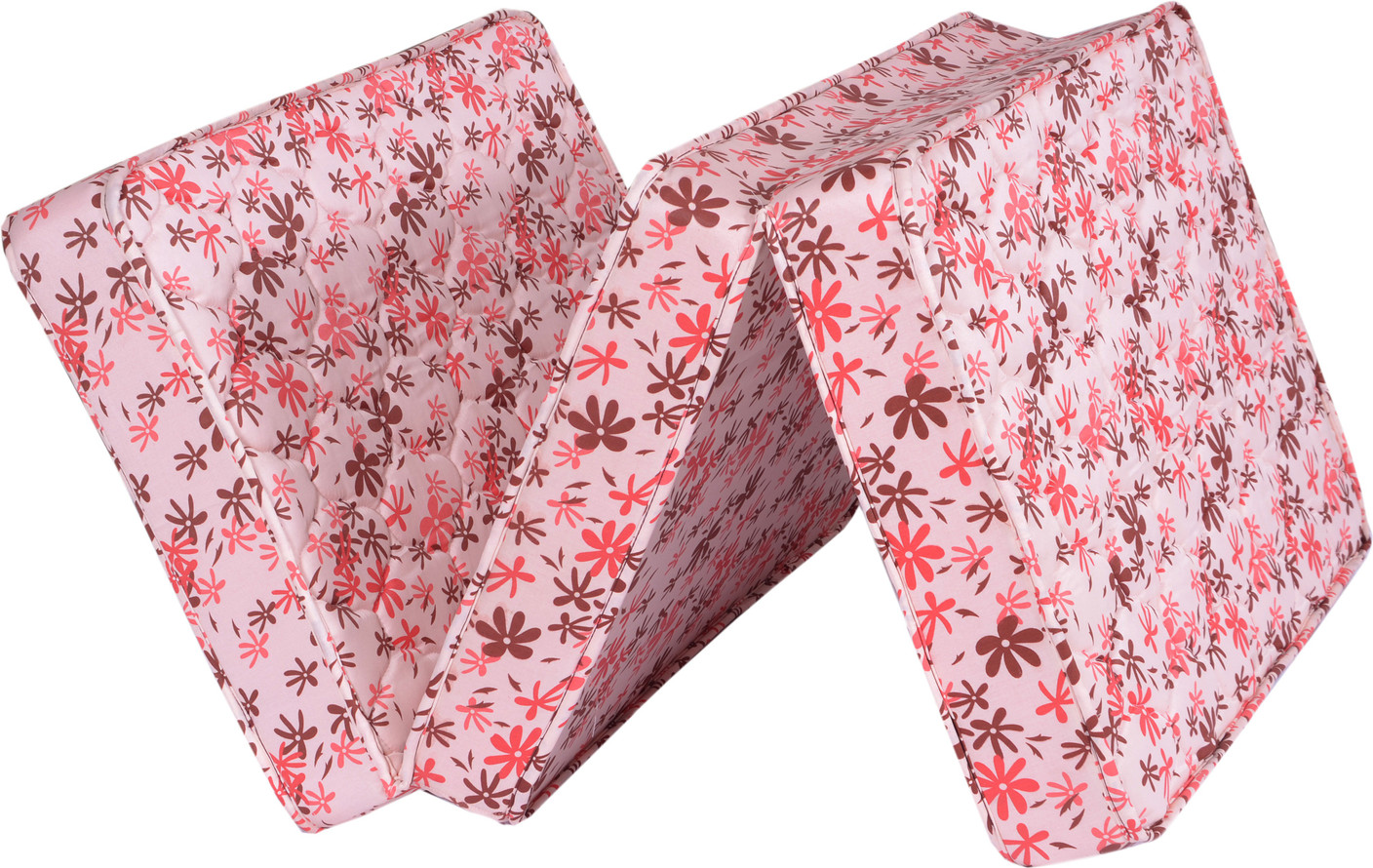
The Importance of Slat Spacing
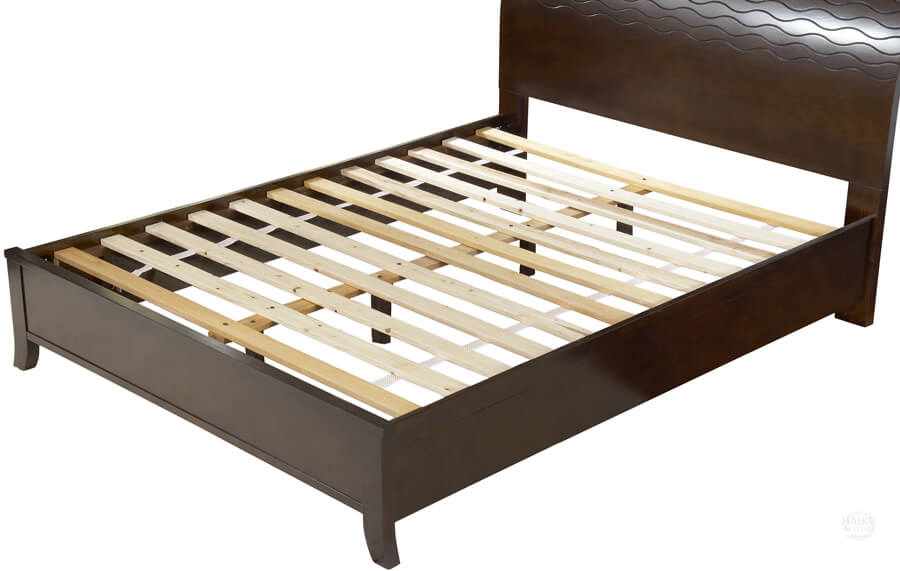 When it comes to designing your bedroom, the type of mattress you choose is crucial for ensuring a good night's sleep. However, many people overlook the importance of
foam mattress slat spacing
when setting up their bed. Slat spacing refers to the distance between the wooden slats that support the mattress. This may seem like a small detail, but it can greatly affect the comfort and longevity of your mattress.
When it comes to designing your bedroom, the type of mattress you choose is crucial for ensuring a good night's sleep. However, many people overlook the importance of
foam mattress slat spacing
when setting up their bed. Slat spacing refers to the distance between the wooden slats that support the mattress. This may seem like a small detail, but it can greatly affect the comfort and longevity of your mattress.
Proper Support
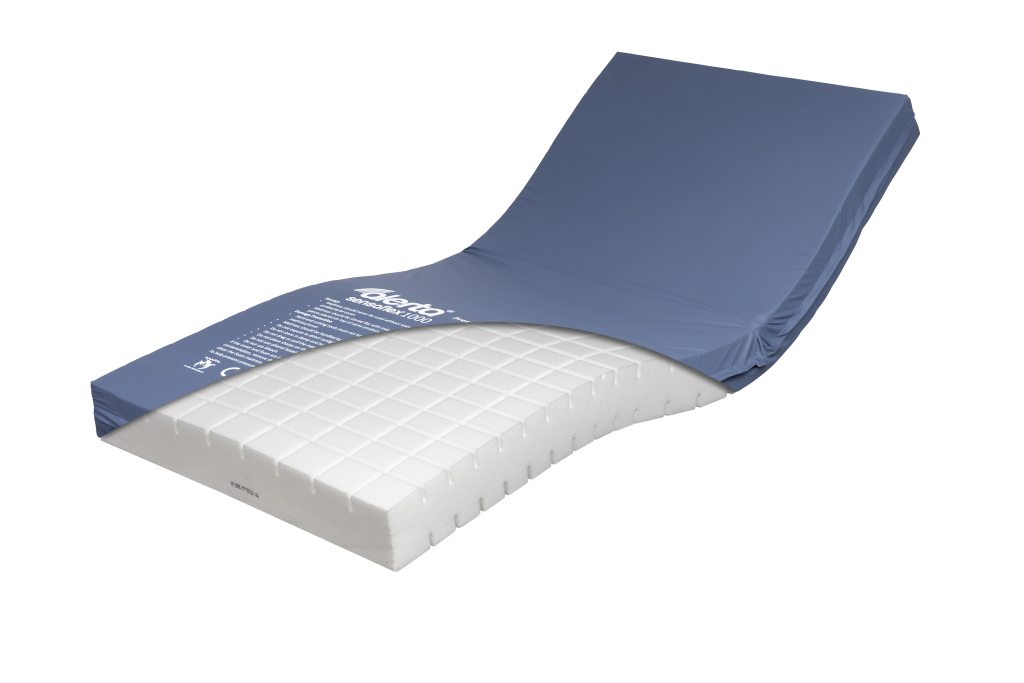 Foam mattresses
are designed to contour to your body, providing support and alleviating pressure points. However, without the proper support from the slats, the foam mattress may sag or become uneven over time. This can lead to discomfort and disrupt your sleep. The ideal slat spacing for a foam mattress is between 2-3 inches. This allows the mattress to properly support your body and maintain its shape.
Foam mattresses
are designed to contour to your body, providing support and alleviating pressure points. However, without the proper support from the slats, the foam mattress may sag or become uneven over time. This can lead to discomfort and disrupt your sleep. The ideal slat spacing for a foam mattress is between 2-3 inches. This allows the mattress to properly support your body and maintain its shape.
Air Circulation
 Another important factor to consider is air circulation. Foam mattresses tend to retain more heat compared to traditional spring mattresses. When the slats are too close together, it restricts air flow and can cause the mattress to retain even more heat. This can lead to discomfort and make it difficult to stay cool while sleeping. The recommended slat spacing for foam mattresses allows for proper air circulation, keeping you cool and comfortable throughout the night.
Another important factor to consider is air circulation. Foam mattresses tend to retain more heat compared to traditional spring mattresses. When the slats are too close together, it restricts air flow and can cause the mattress to retain even more heat. This can lead to discomfort and make it difficult to stay cool while sleeping. The recommended slat spacing for foam mattresses allows for proper air circulation, keeping you cool and comfortable throughout the night.
Longevity of Your Mattress
 Proper slat spacing not only affects your comfort, but it also plays a role in the longevity of your foam mattress. When the slats are too far apart, it puts excessive pressure on the foam, causing it to wear out faster. On the other hand, if the slats are too close together, it can cause the foam to compress and lose its shape over time. This can significantly shorten the lifespan of your mattress. By following the recommended slat spacing, you can help extend the lifespan of your foam mattress and get the most out of your investment.
Proper slat spacing not only affects your comfort, but it also plays a role in the longevity of your foam mattress. When the slats are too far apart, it puts excessive pressure on the foam, causing it to wear out faster. On the other hand, if the slats are too close together, it can cause the foam to compress and lose its shape over time. This can significantly shorten the lifespan of your mattress. By following the recommended slat spacing, you can help extend the lifespan of your foam mattress and get the most out of your investment.
Conclusion
 In conclusion, properly spacing your slats is crucial for a good night's sleep and the longevity of your foam mattress. It not only provides the necessary support for your body, but it also allows for proper air circulation and helps maintain the shape of your mattress. So next time you are setting up your bed, make sure to pay attention to the slat spacing to ensure a comfortable and restful night's sleep.
In conclusion, properly spacing your slats is crucial for a good night's sleep and the longevity of your foam mattress. It not only provides the necessary support for your body, but it also allows for proper air circulation and helps maintain the shape of your mattress. So next time you are setting up your bed, make sure to pay attention to the slat spacing to ensure a comfortable and restful night's sleep.




